While Hu “SwordArt” Shuo-Chieh may not always contest the title of “best support in the world,” he has spent his career growing and adapting to the point where he is certainly in the conversation. In Taiwan, he was affectionately recognized with the nickname “She She” (蛇蛇, snake snake in Chinese) in reference to his past mid lane performances on Cassiopeia, but now it feels emblematic of his ability to shed his skin and continually build upon his past self.
SwordArt’s starting point as a pro gamer began like many others — he loved games and was willing to put pretty much anything else on the backburner. As a young high school student in Taiwan, he often competed with his friends in small League of Legends tournaments and eventually made enough noise to get scouted.
He was a mid-laner at that time, but a professional team asked whether he was interested in joining them as a support player. SwordArt said it was a good opportunity for him, but the competitive environment changed the way he played beyond just the role swap.
“My teammates were first-time pro gamers, so when we joined the team, everyone just played for fun and didn’t really care about winning or anything,” SwordArt said. “When the first day arrived, our coach felt really angry at everyone because we didn’t care.”
Looking back, SwordArt said he can laugh at how woefully unprepared he and his teammates were, but their early results suffered. As part of the Gamania Bears, Taiwan’s eventual 2013 World Championship representative, things had to get worse before anything got better. Competing in the Taiwan Esports League in 2013, SwordArt and his team were up against more established teams, like the Taipei Assassins’s sister team, Taipei Snipers and ahq e-Sports Club.
“At the beginning, we were really not good,” SwordArt said. “We almost had a ten game losing streak in the tournament, but after that we made a lot of changes and our teamwork became much better. It’s an interesting story because before we qualified to Worlds, we knew that after this season, our team would break apart.”
Team instability is one thing, but SwordArt and his team used that to fuel their late season rise to the top. Gamania Bears defeated Taipei Snipers in the Taiwan Regional Qualifiers to earn their ticket to Worlds and cement themselves a small place in history. Still, it wasn’t enough to keep the team together.
Gamania Bears’s trip to Worlds was short-lived — they received a Quarterfinal bye and were promptly swept by Lee “Faker” Sang-hyeok’s SK Telecom T1 — but it was the beginning of SwordArt’s international travels and push toward being one of the very best. SwordArt developed as an amateur gamer, but at Worlds, he shed his skin and became a true professional on the international stage.
The Korean Killer era

Next, the biggest stage of SwordArt’s career truly began — the reign of Flash Wolves. Alongside superstar players like TOP Esports’s jungler Hung “Karsa” Hau-Hsuan and PSG Talon’s mid laner Huang “Maple” Yi-Tang, SwordArt and Flash Wolves grew to dominate the Taiwanese region after usurpring ahq e-Sports Club of its title in 2015.
As SwordArt and crew took down huge names like KOO Tigers in 2015 and SK Telecom T1 in 2016, fans affectionately labeled them as “Korean Killers,” as it seemed like they could always find a win against the South Korean representative in David versus Goliath type situations. Flash Wolves punched above their weight at most tournaments, and SwordArt was at the center of that. Even though Flash Wolves were always perceived as fringe contenders, SwordArt pushed himself and his teammates for more.


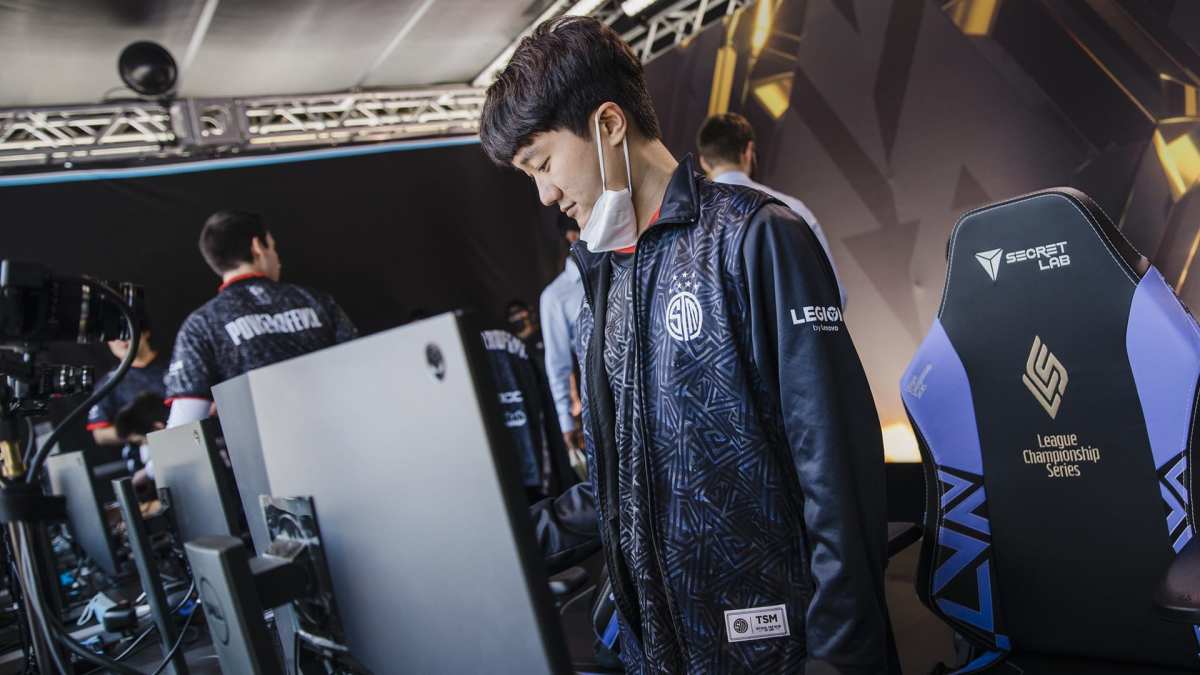
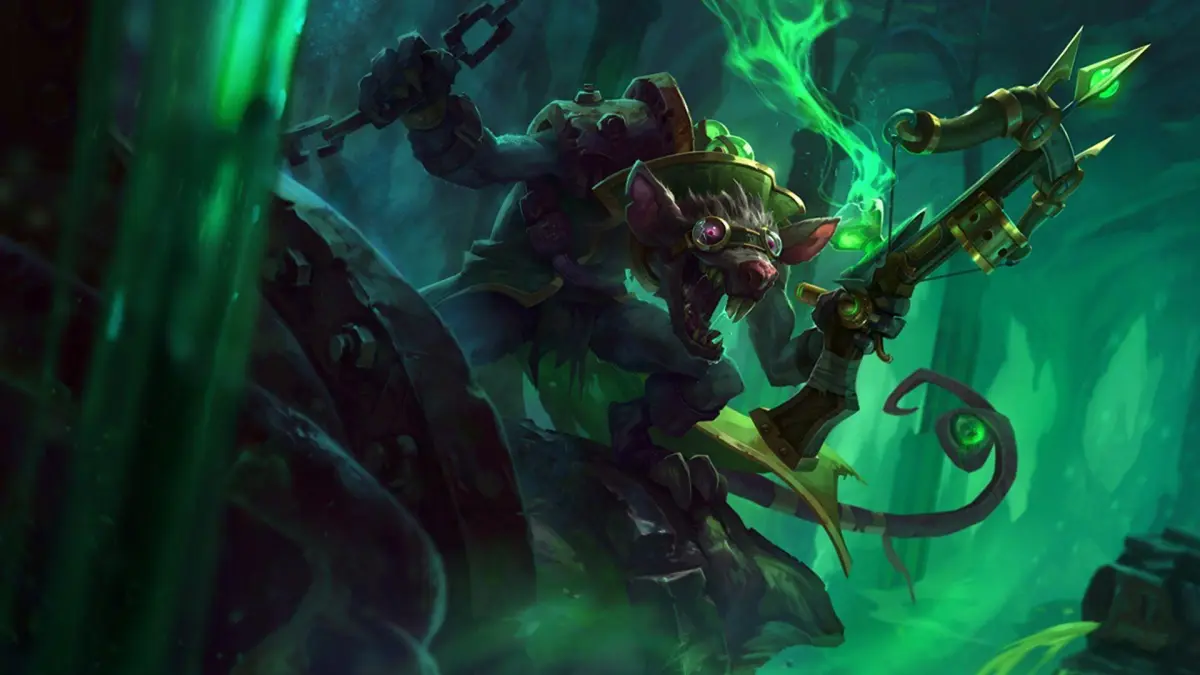
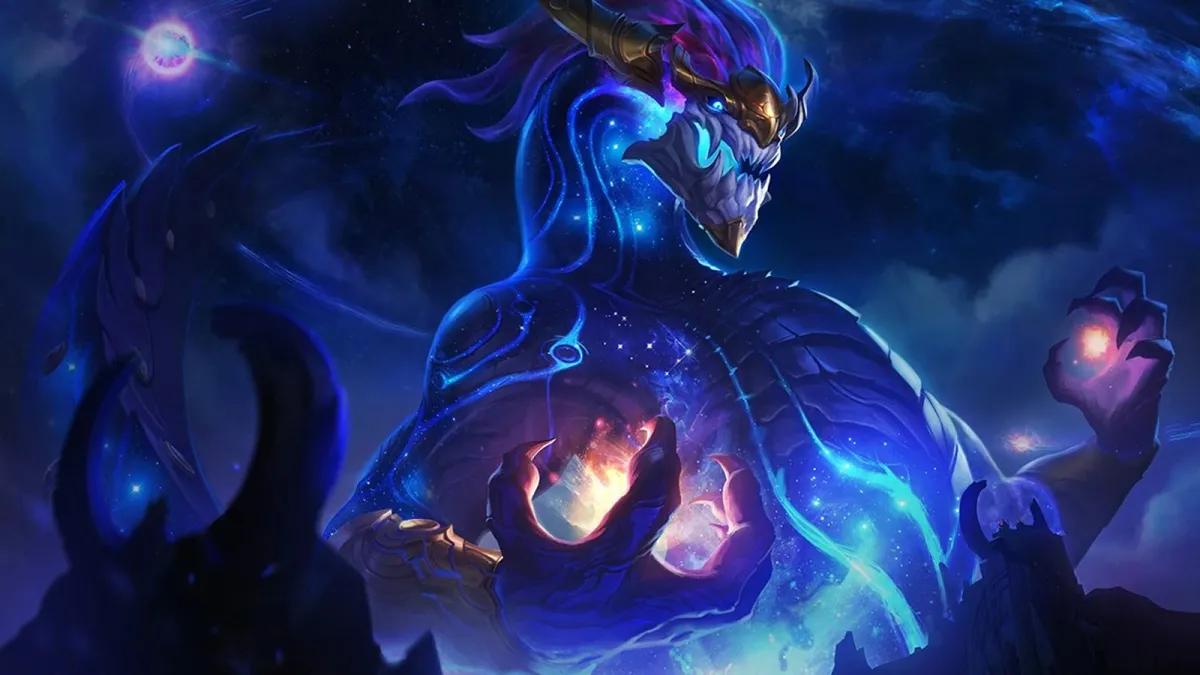
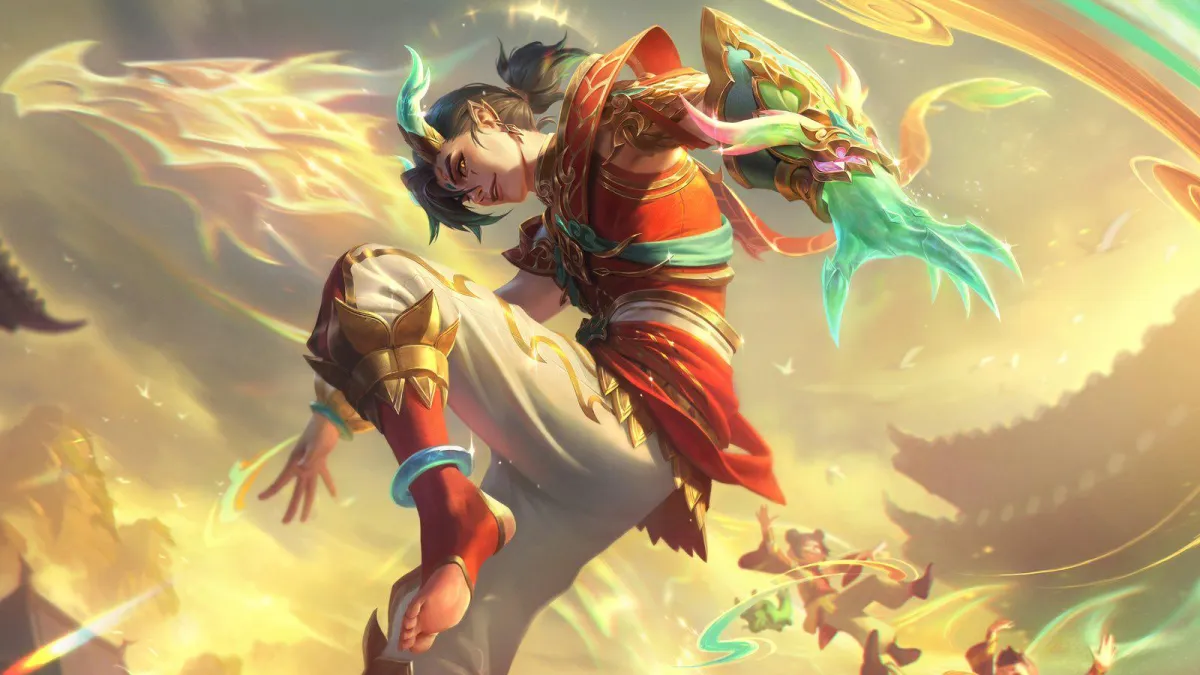
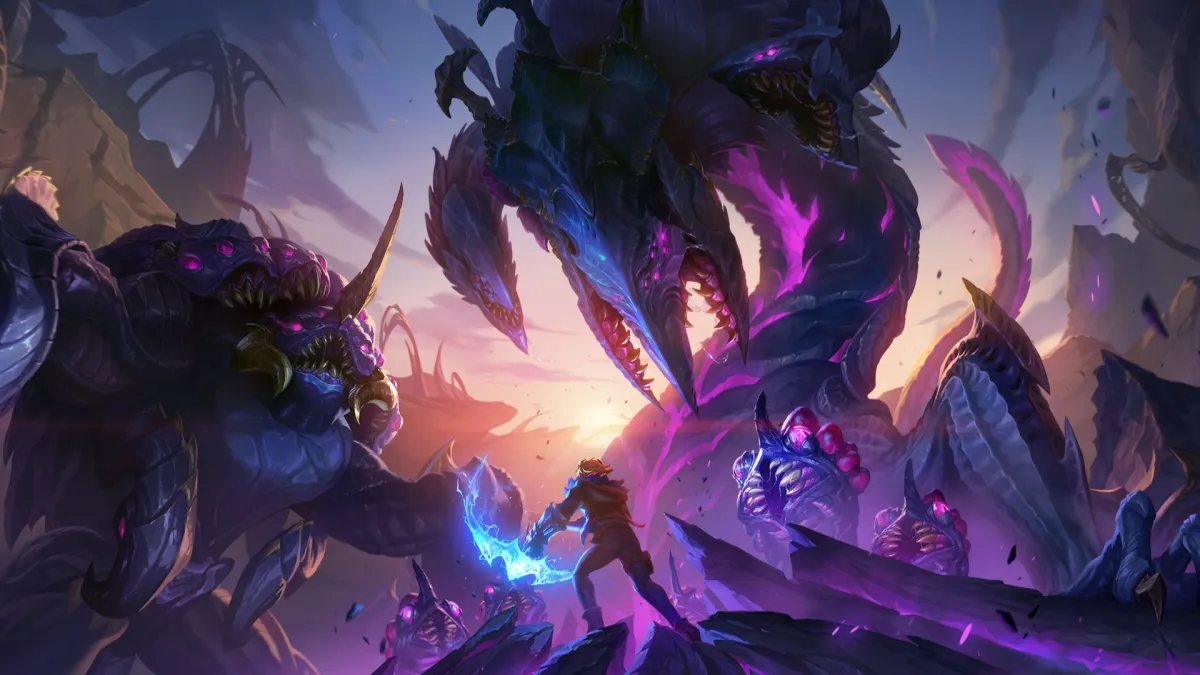
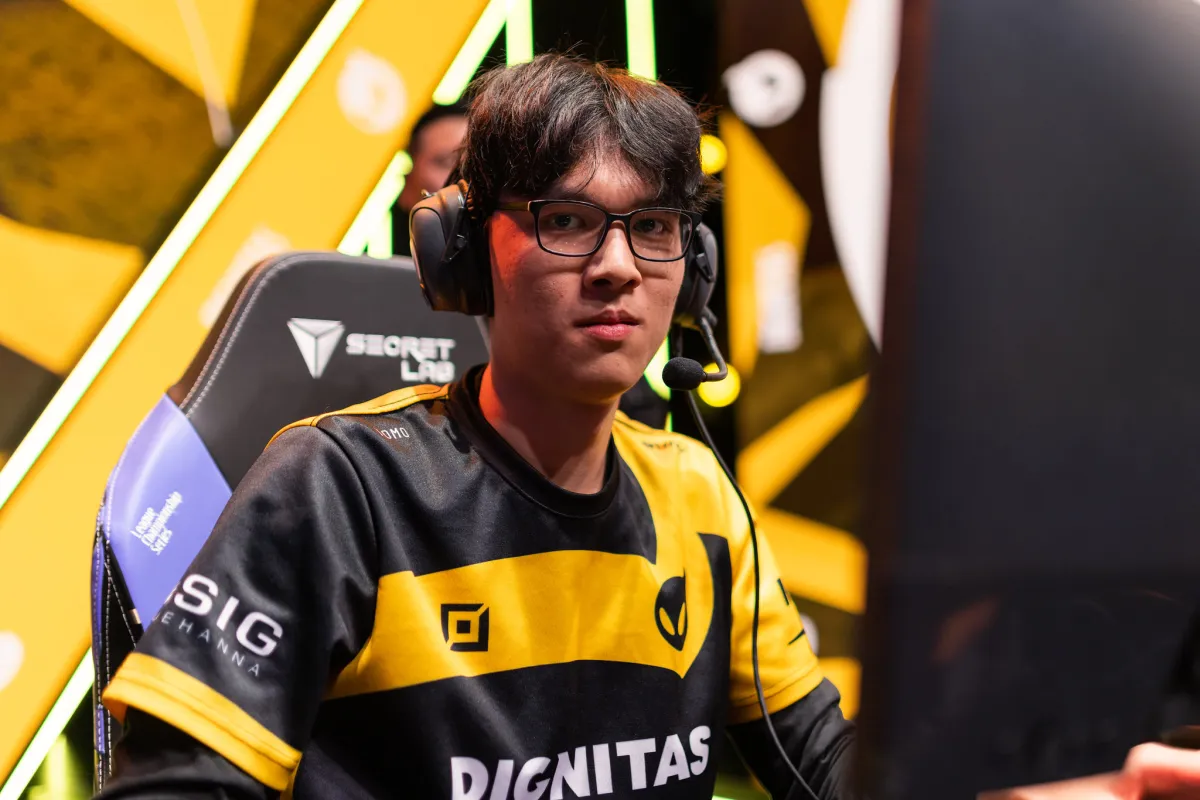
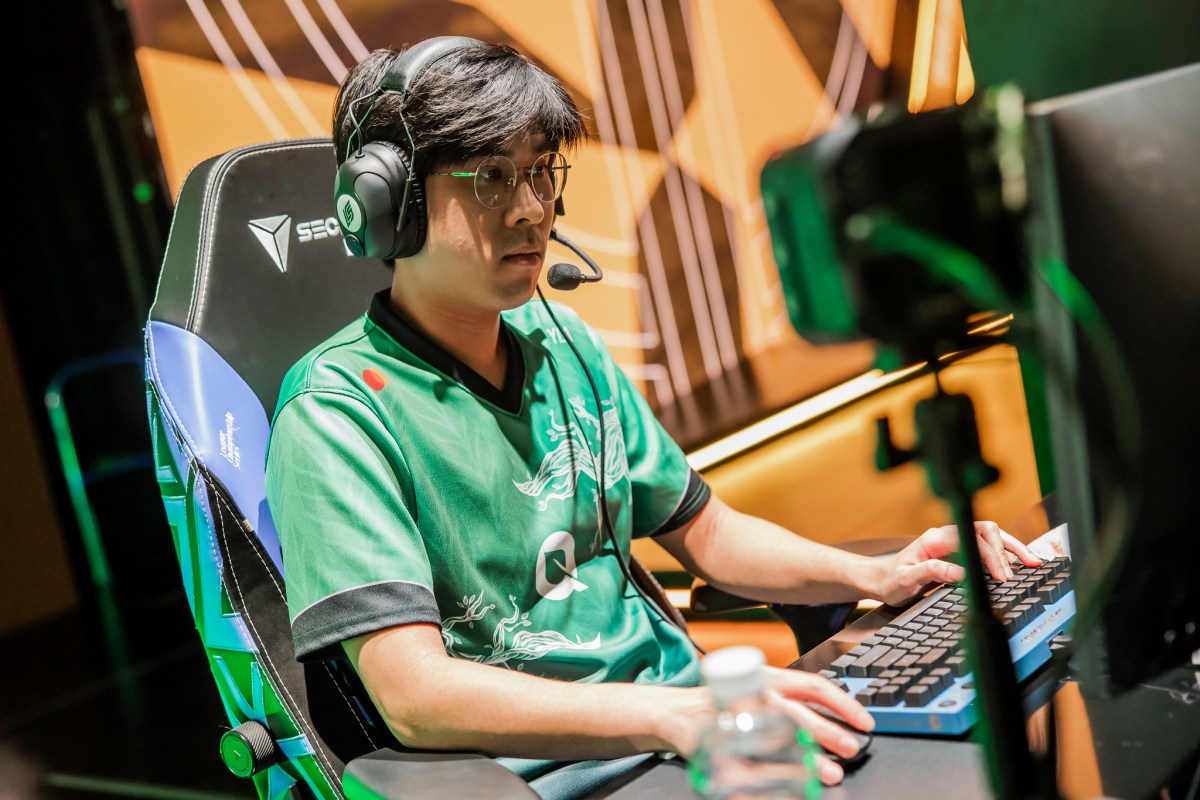

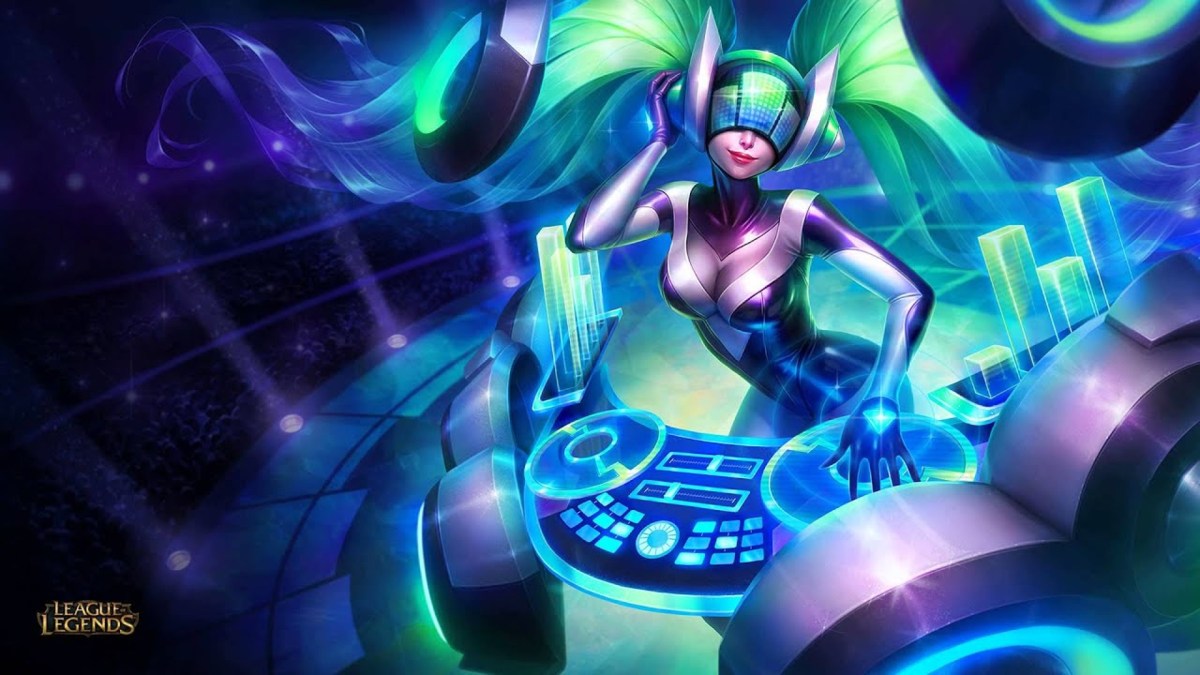


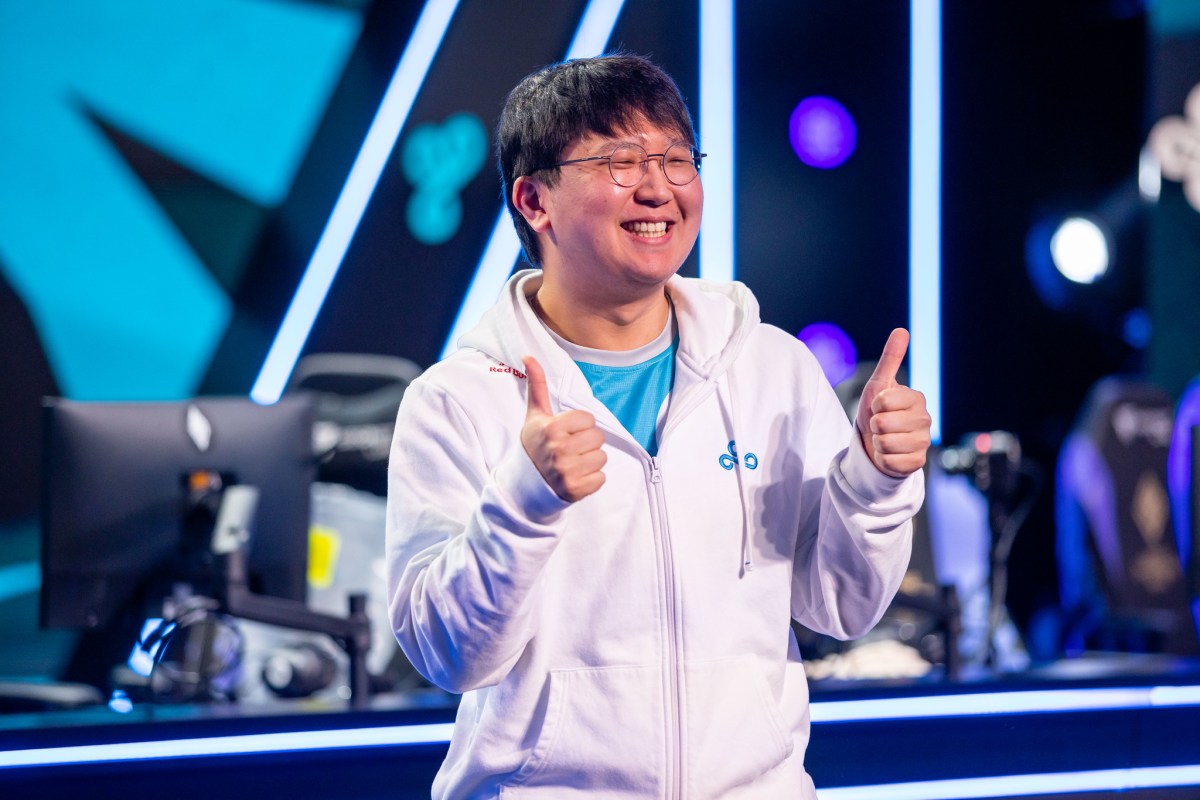

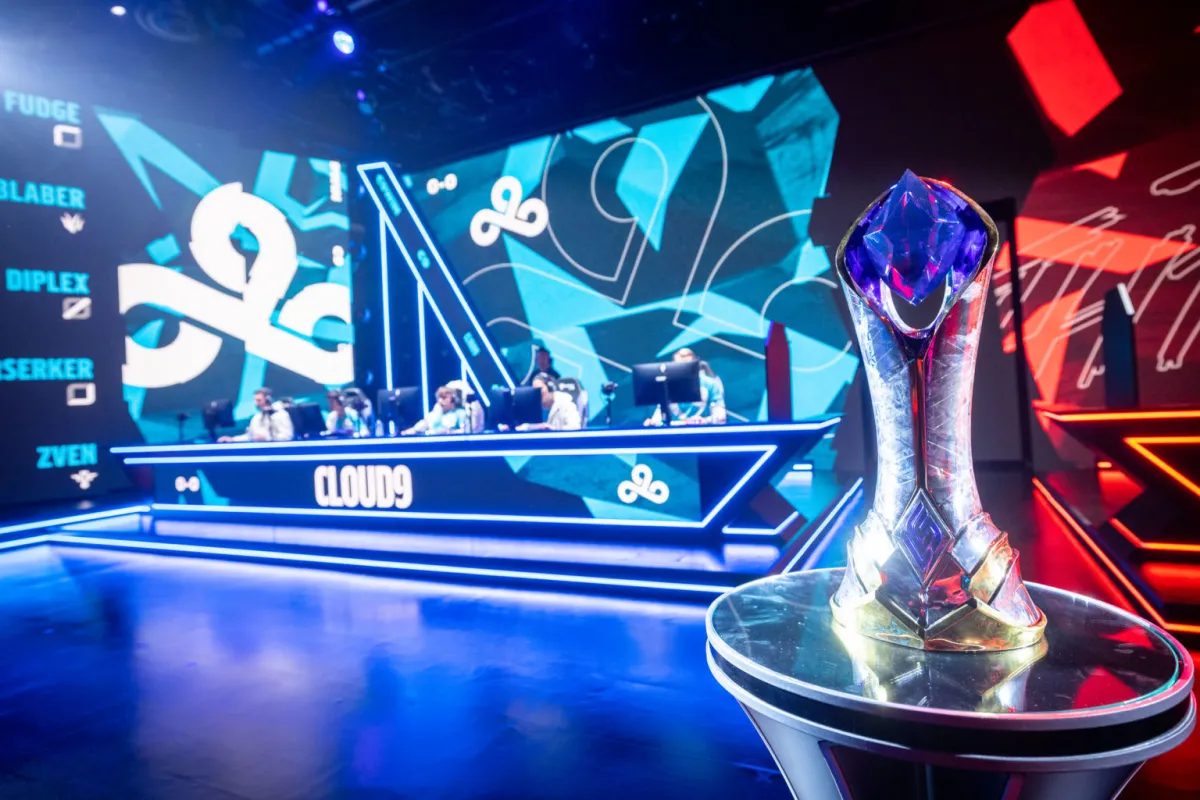

Published: Jun 3, 2021 03:00 pm